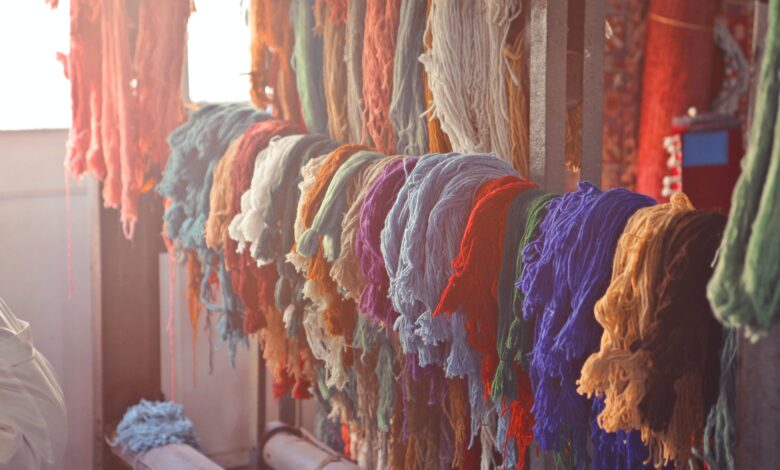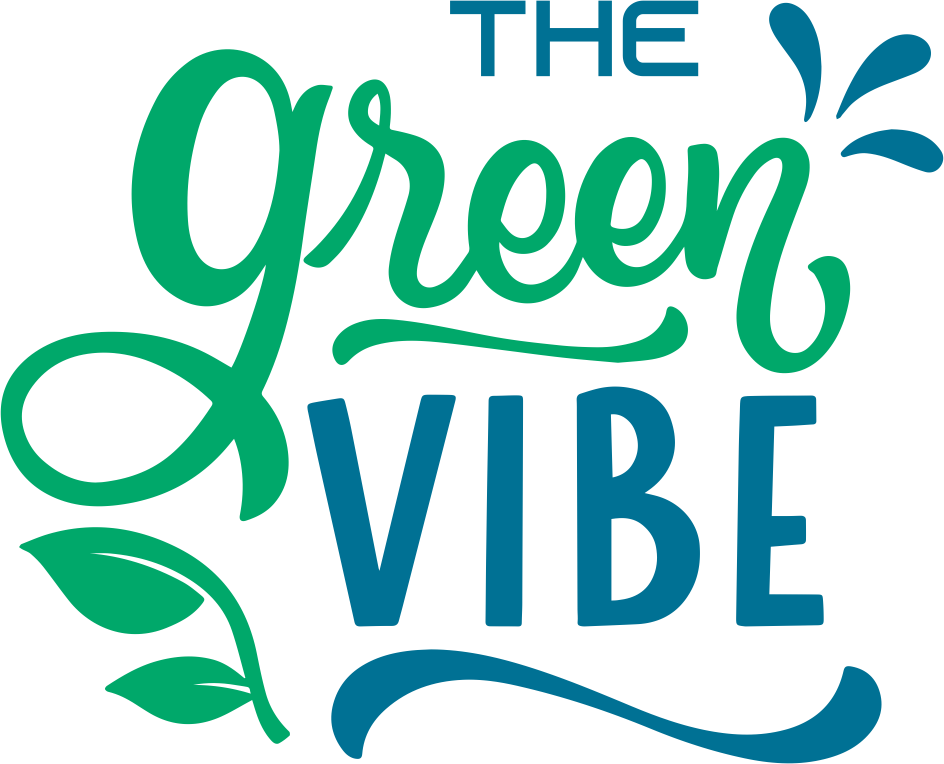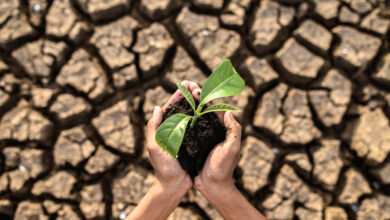India’s Textile Industry: Leading the Charge in Sustainable Innovation

Discover how India’s textile industry leads in sustainability, driven by government initiatives and global partnerships.
According to the 2023 Deloitte Global Chief Procurement Officer Survey, 72 percent of CPOs have identified enhancing environmental, social, and governance (ESG) practices and corporate social responsibility (CSR) as a priority, placing it on par with digital transformation and driving operational efficiency.
In the quest for sustainable sourcing alternatives, India emerges as a significant destination. The country not only boasts a rich history and tradition in apparel production but also demonstrates a commitment to sustainable investment and innovation. This dedication to sustainability, combined with its wide range of products, positions India favorably amidst shifting consumer preferences worldwide.
Different Government Schemes
India’s focus on ESG principles and innovation is reinforced by national policies and governmental initiatives. Prime Minister Narendra Modi has introduced the 5F Formula to advance the textile sector, emphasizing the journey from Farm to Fibre to Factory to Fashion to Foreign markets. This framework entails modernizing manufacturing processes through technology to enhance efficiency and product quality.
Between 2015 and 2022, the Amended Technology Upgradation Fund Scheme (ATUFS) provided textile companies with a Capital Investment Subsidy (CIS) for eligible machinery, facilitating the adoption of innovative technology within the industry. The Scheme for Integrated Textile Park (SITP), aimed at furnishing the industry with cutting-edge facilities, approved 54 textile parks. Since its inception, SITP has created direct and indirect employment opportunities for over 100,000 individuals. Meanwhile, the Pradhan Mantri Mega Integrated Textile Region and Apparel Parks (PM MITRA Parks), with seven designated sites, are anticipated to generate 2 million jobs.
Garment manufacturing stands as India’s second-largest industry and employer, following agriculture, offering employment to tens of millions of citizens. The Indian government remains committed to bolstering manufacturing capabilities. The Scheme for Capacity Building in the Textile Sector, known as Samarth, was launched to bridge the skill gap in the industry and train 347,000 youth for textile-related work. Presently, 150,000 beneficiaries have undergone training, with over 85 percent of them being women.
India aligns its actions with the United Nations’ Sustainable Development Goals, particularly focusing on ending poverty, to ensure that “no one is left behind.” According to the United Nations Development Program’s Global Multidimensional Poverty Index of 2022, 415 million individuals in India lifted themselves out of poverty over the preceding 15 years.
Furthermore, the Apparel Export Promotion Council (AEPC) of India introduced the Apparel Industry Sustainability Action (AISA) initiative last autumn. This initiative aims to promote sustainable practices among micro-, small, and medium-sized enterprises in the apparel sector, while also supporting marketing efforts to raise awareness about sustainable companies in the country.
Materials and manufacturing

India ranks as the second-largest producer and consumer of cotton globally, trailing only behind China. In the 2023–2024 crop year, India produced 5.39 million tons of cotton and consumed 5 million tons.
Apart from cotton, India leads in the production of silk and jute and ranks as the second-largest producer of chemical fibers. In 2021, the country introduced a five-year Production Linked Incentive (PLI) Scheme aimed at enhancing the production of man-made fibers and technical textiles to bolster its textile sector’s competitiveness.
In pursuit of technological and sustainable advancements, India is investing in traceability. For example, in October of the previous year, the Cotton Corporation of India launched the Bale Identification and Traceability System (BITS), utilizing blockchain and QR codes to trace cotton’s journey from its origin.
Conclusion
The upcoming global textile expo, Bharat Tex, will showcase some of the industry’s innovative sustainability practices, positioning India as a premier hub for eco-friendly production. Organized by 11 export promotion councils supported by the Ministry of Textiles, with Messe Frankfurt India as the exhibition partner and KPMG as the knowledge partner, Bharat Tex will run from Feb. 26–29 in New Delhi, attracting over 3,500 exhibitors, 40,000 domestic buyers, and 3,000 international buyers.
By bridging the gap between ESG commitments and industry initiatives, Bharat Tex 2024 embodies the spirit of collaborative progress, paving the way for a future where commerce flourishes in tandem with environmental consciousness and social responsibility.
Join the sustainability revolution in India with The Disposal Company’s innovative climate action platform, which enables brands to become plastic-neutral and carbon-neutral, and make a real difference to the planet. Click here to find out more.




